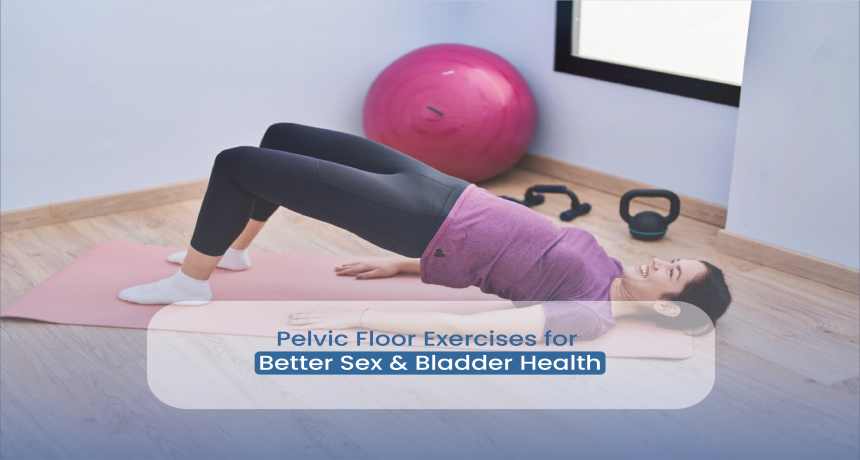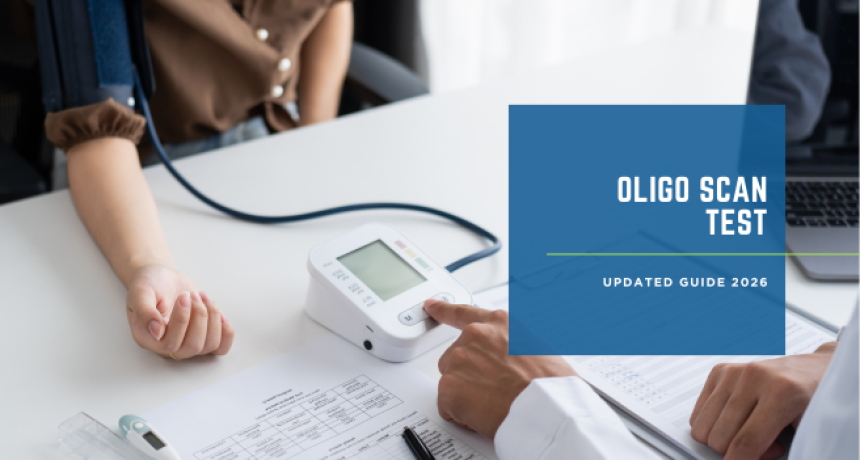Pelvic Floor Exercises for Better Sex & Bladder Health
2025-08-28 You may not see it, but your pelvic floor plays a vital role in everything from sexual performance and bladder control to core strength and confidence. It’s not just about “tightening” or “controlling leaks”—this often overlooked muscle group is the foundation of your reproductive and urinary health. Whether you're dealing with post-pregnancy recovery, low libido, erectile difficulties, or bladder leaks, pelvic floor exercises—commonly known as Kegels—can be a game-changer for both men and women. At L&B Clinics in Delhi, pelvic health is an essential part of our sexual wellness and urological programs, especially for those struggling with pelvic pain, incontinence, or sexual dysfunction. Let’s break the taboo, understand how your pelvic floor works, and learn how to strengthen it—safely and effectively. The pelvic floor is a hammock-like group of muscles, ligaments, and tissues that stretches across the base of your pelvis. These muscles: Support your bladder, rectum, uterus (in women), and prostate (in men) Help control urination and bowel movements Play a major role in orgasm and sexual response Provide stability to your core and lower back When strong and coordinated, the pelvic floor functions silently. But when weakened or dysfunctional, it can cause: Urinary incontinence Pelvic pain or heaviness Sexual dysfunction (pain, reduced arousal, erectile issues) Constipation or fecal incontinence Many people suffer silently with pelvic floor dysfunction, not realizing the symptoms are connected to their muscles—not just hormones or aging. Leaking urine while coughing, sneezing, or laughing Frequent or urgent need to urinate Pain during intercourse Pelvic organ prolapse (a “bulging” sensation) Erectile dysfunction or weak erections Premature ejaculation Post-urination dribbling Incomplete bowel or bladder emptying Kegels are targeted contractions and relaxations of the pelvic floor muscles, designed to strengthen the group of muscles that support your pelvic organs. Named after Dr. Arnold Kegel, who developed them in the 1940s to help women after childbirth, they are now recommended for all genders. When done consistently, Kegel exercises can dramatically improve both sexual function and bladder control. The pelvic floor is deeply integrated with your nervous system, hormone function, and sexual reflexes. Here’s what strengthening it can do: Increased vaginal tone and lubrication Stronger, more satisfying orgasms Reduced pain during intercourse Enhanced confidence post-delivery or during menopause Better erection control and strength Improved ejaculation timing Boosted sexual stamina Enhanced orgasmic response Helps with stress incontinence (leaking when you sneeze/laugh) Supports overactive bladder treatment Assists with post-pregnancy or post-prostate surgery recovery The pelvic floor works with your diaphragm and core muscles Reduces lower back pain and improves posture For women: Imagine stopping the flow of urine midstream—those are your pelvic floor muscles. For men: Imagine pulling the penis inward or lifting the scrotum. Important: Do not actually practice Kegels while urinating—it can lead to incomplete emptying and infection. Contract the pelvic floor muscles for 3–5 seconds Relax for 3–5 seconds Repeat 10–15 times in a row Aim for 3 sets per day As strength builds, try holding for 8–10 seconds, increasing your endurance. Basic Kegels (as above) Elevator Kegels – Contract in stages (like floors of an elevator) and slowly release Bridge Pose + Kegel – Combine with glute activation for core stability Pelvic Tilt + Squeeze – Engages pelvic and lower abdominal muscles together Postpartum (after 6 weeks or as guided) During perimenopause/menopause After pelvic surgery or for incontinence treatment Slow Kegels – Contract and hold for 5–10 seconds Quick Flicks – Rapid contractions and releases to improve ejaculation control Standing Kegels – Adds resistance and mimics real-life functional positions If experiencing ED or premature ejaculation Post-prostate surgery (after medical clearance) If dealing with “dribbling” or frequent urination Holding your breath (breath normally!) Squeezing your thighs or glutes instead of the pelvic floor Overdoing it—just like any muscle group, pelvic floor muscles can get fatigued Expecting instant results—consistency over weeks brings lasting change Some people may experience pelvic floor tightness (hypertonicity) instead of weakness, which can cause pain, constipation, or sexual discomfort. In such cases, doing Kegels without proper diagnosis can worsen the problem. See a pelvic floor specialist if you experience: Chronic pelvic pain or heaviness Pain during or after intercourse Incontinence that doesn’t improve Feeling like you're “sitting on a ball” or “pelvic pressure” At L&B Clinics in Delhi, pelvic floor health is integrated into our: Postpartum recovery plans Hormonal & menopause care Urology and incontinence treatments Pelvic floor physiotherapy Biofeedback training Postnatal recovery sessions Sexual performance therapy for men Education on Kegel technique & form Functional movement training You don’t have to guess if you're doing it right—we guide you through every step. Meena, 39 (postpartum): Karan, 42 (executive): Your pelvic floor might be hidden, but its impact is powerful. Whether you’re looking to improve your sex life, regain bladder control, or feel stronger post-childbirth or surgery—Kegel exercises are a low-risk, high-return habit. Like any muscle, it needs attention, consistency, and sometimes expert guidance. At L&B Clinics, we help you reconnect with your body, one muscle—and one movement—at a time. Harvard Health Publishing – The Pelvic Floor & Sexual Function International Urogynecology Journal – Kegel Effectiveness in Women with Incontinence Journal of Sexual Medicine – Pelvic Floor Exercises and Male Sexual Dysfunction Mayo Clinic – How to Do Kegel Exercises Indian Journal of Urology – Pelvic Health in Indian MenIntroduction: Your Pelvic Floor Is More Powerful Than You Think
What Is the Pelvic Floor?

Signs of a Weak or Dysfunctional Pelvic Floor
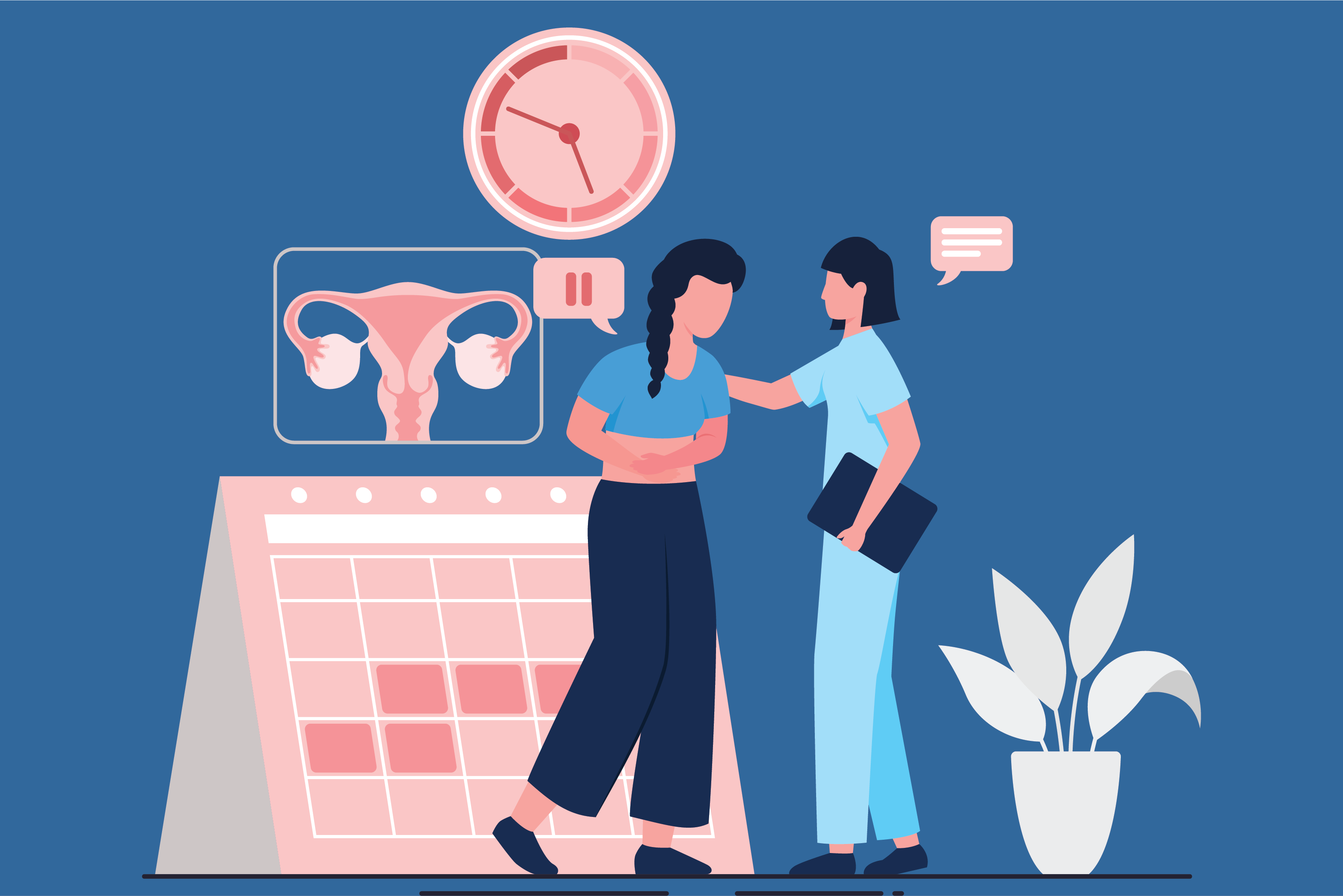
Common symptoms in women:
Common symptoms in men:
Related: Men’s Sexual Health: Common Problems & When to See a Doctor
What Are Kegel Exercises?

Benefits of Pelvic Floor Exercises
🔹 1. Improve Sexual Function in Women
🔹 2. Enhance Sexual Performance in Men
🔹 3. Improve Bladder & Bowel Control
🔹 4. Support Core Stability & Posture
How to Strengthen Your Pelvic Floor: Step-by-Step
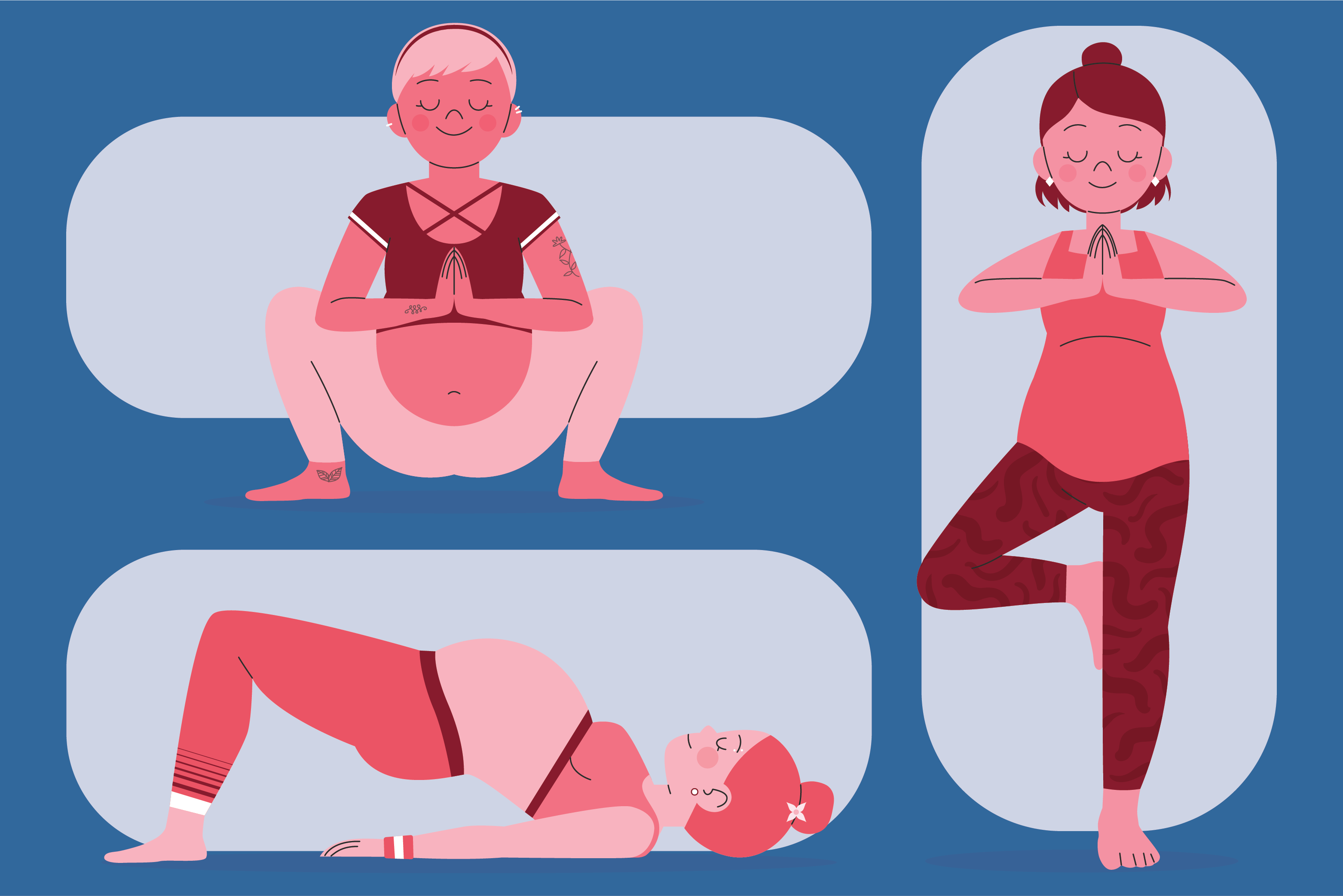
Step 1: Identify the Right Muscles
Step 2: The Basic Kegel Routine
Kegel Exercises for Women: Variations
Best time to start:
Kegel Exercises for Men: Beyond the Basics
Best time to start:
Common Mistakes to Avoid
When to Seek Professional Help
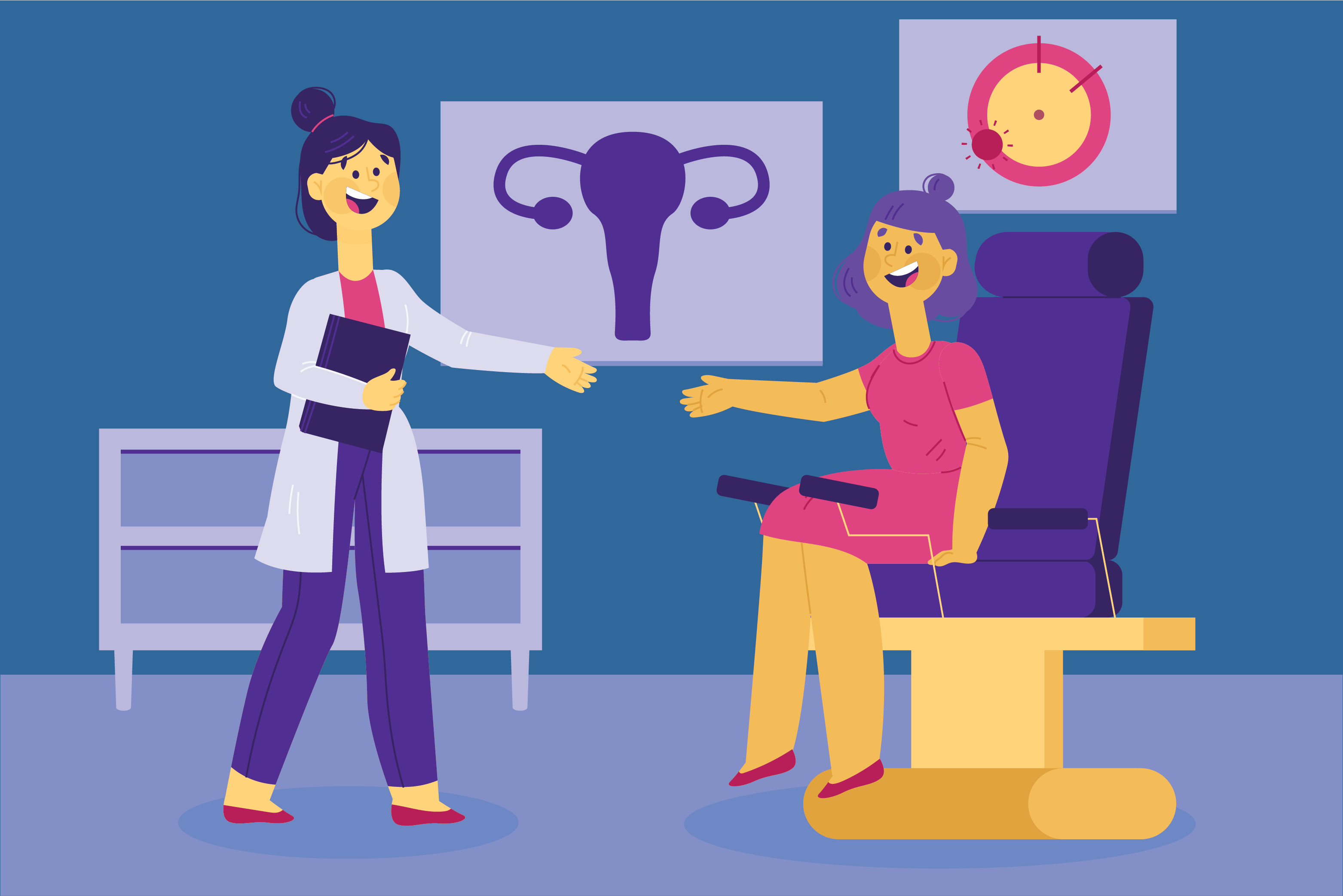
How L&B Clinics Supports Pelvic Health
Services we offer:
Real Patient Stories
“After my second child, I felt disconnected from my body. Sex was painful, and I was leaking urine during workouts. Within two months of pelvic physio and home Kegels at L&B, everything changed.”
“I thought Kegels were for women. But after dealing with early ejaculation, the L&B team introduced me to male pelvic training. I feel more in control and more confident in my relationship.”Final Thoughts: Small Muscle, Big Impact
References
WHO – Sexual and Reproductive Health Guidelines
.png)
